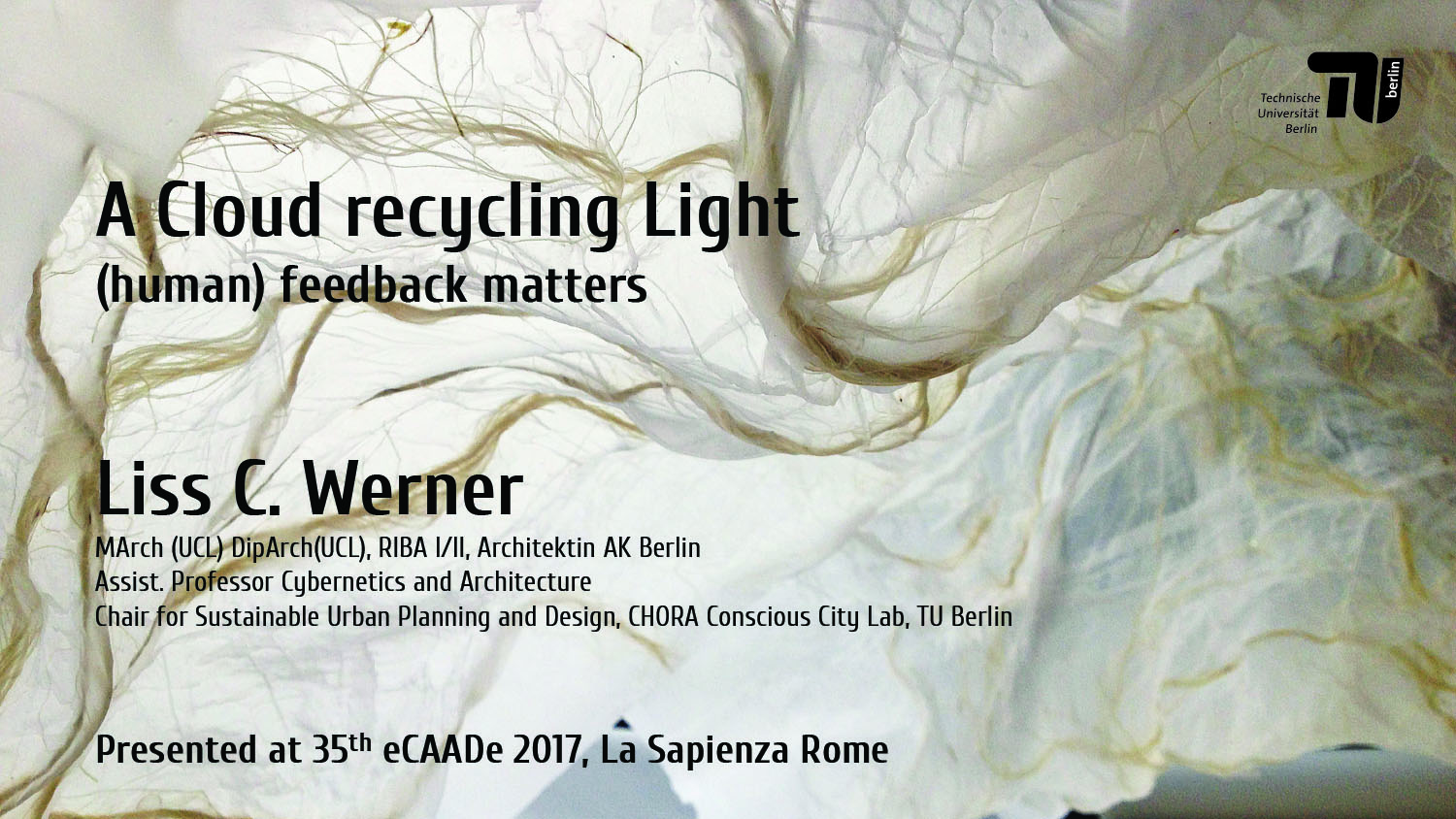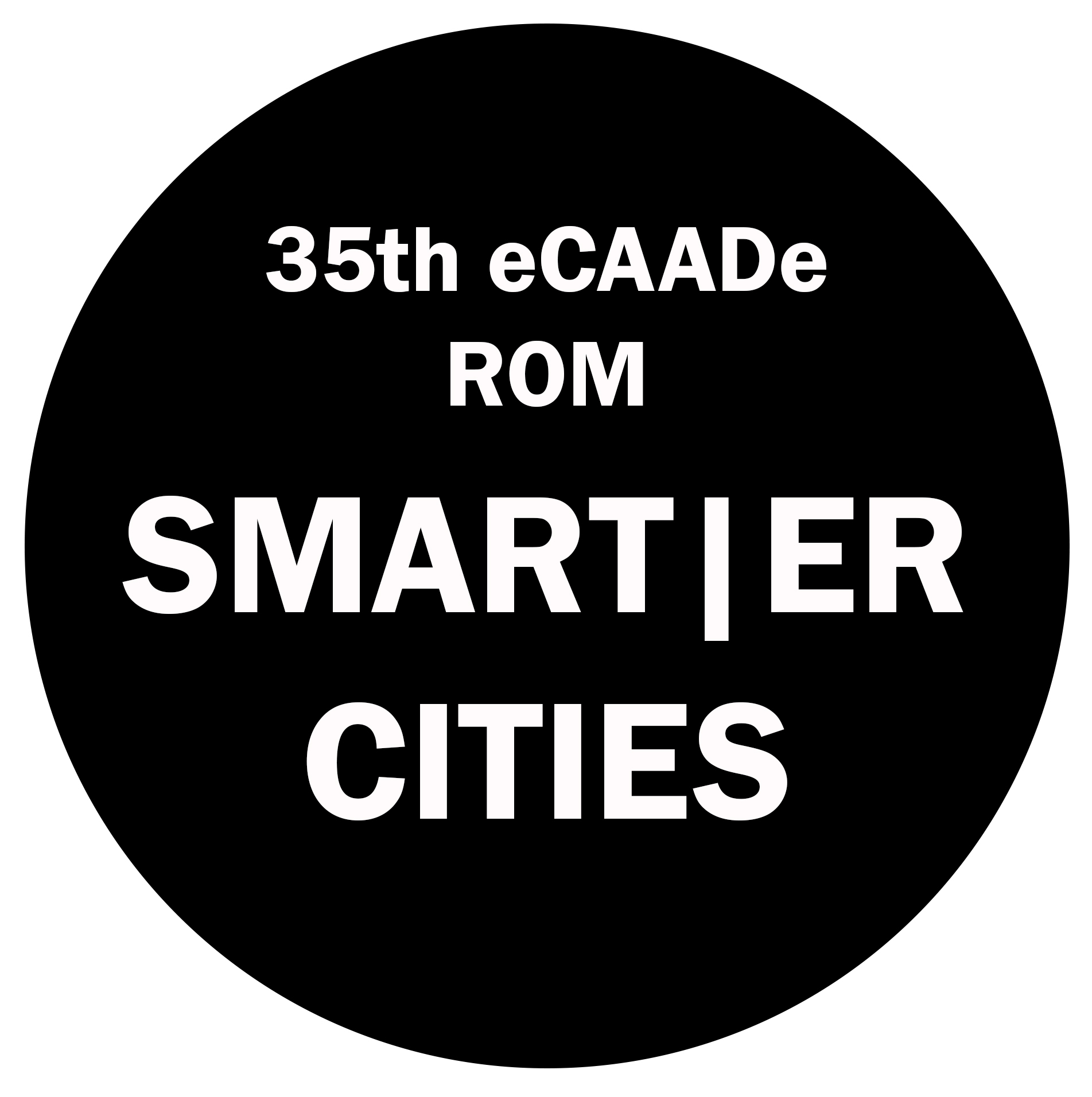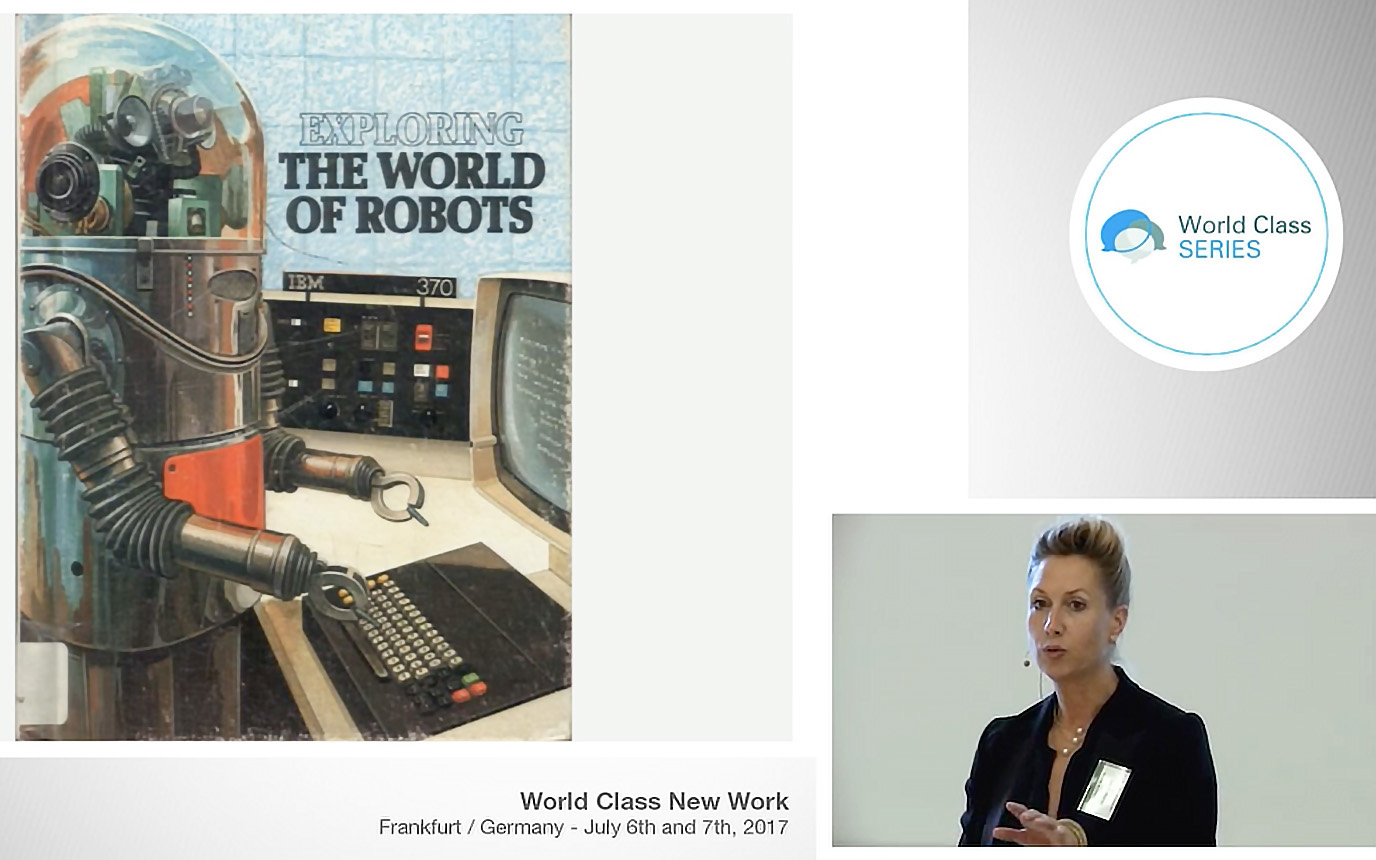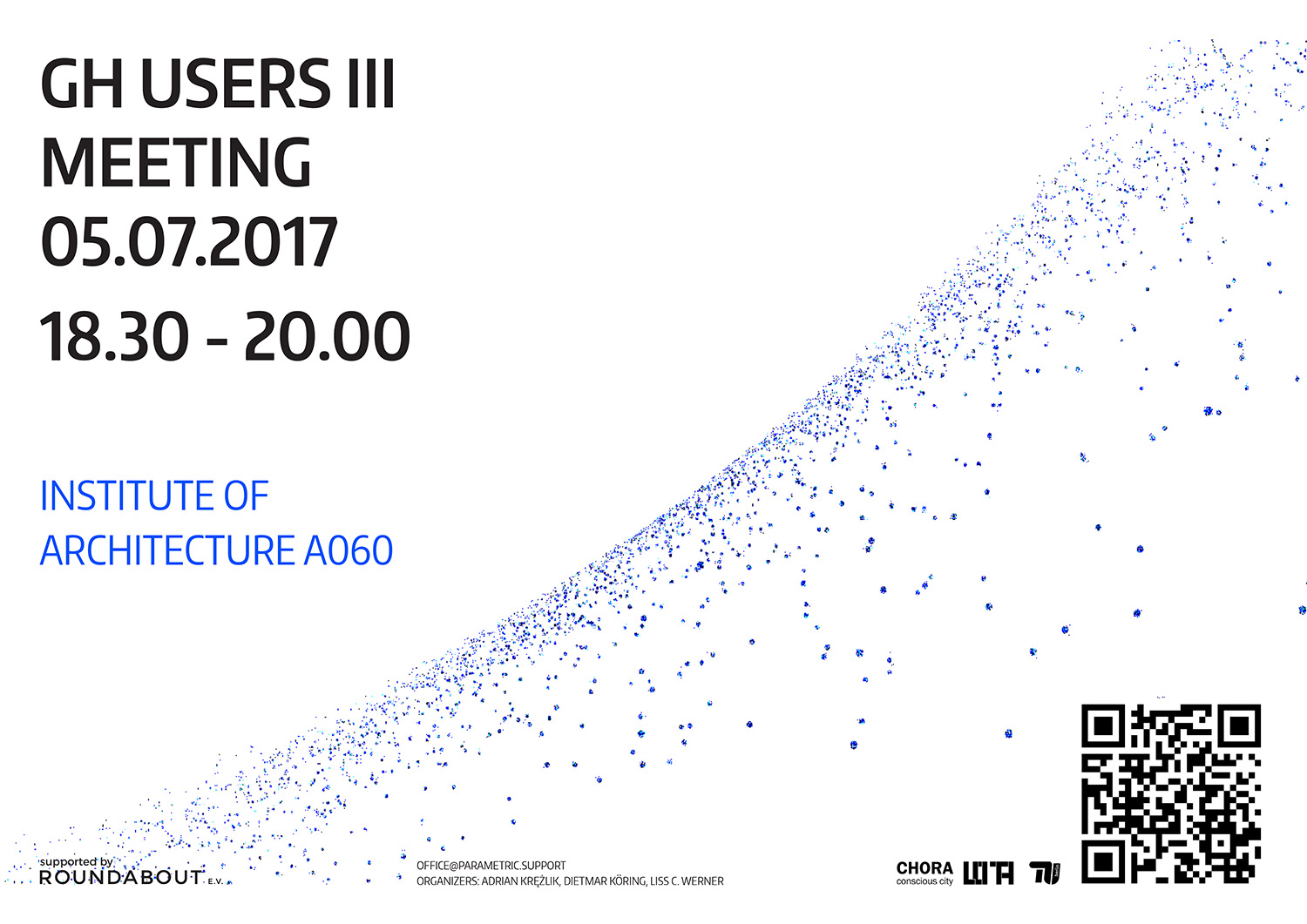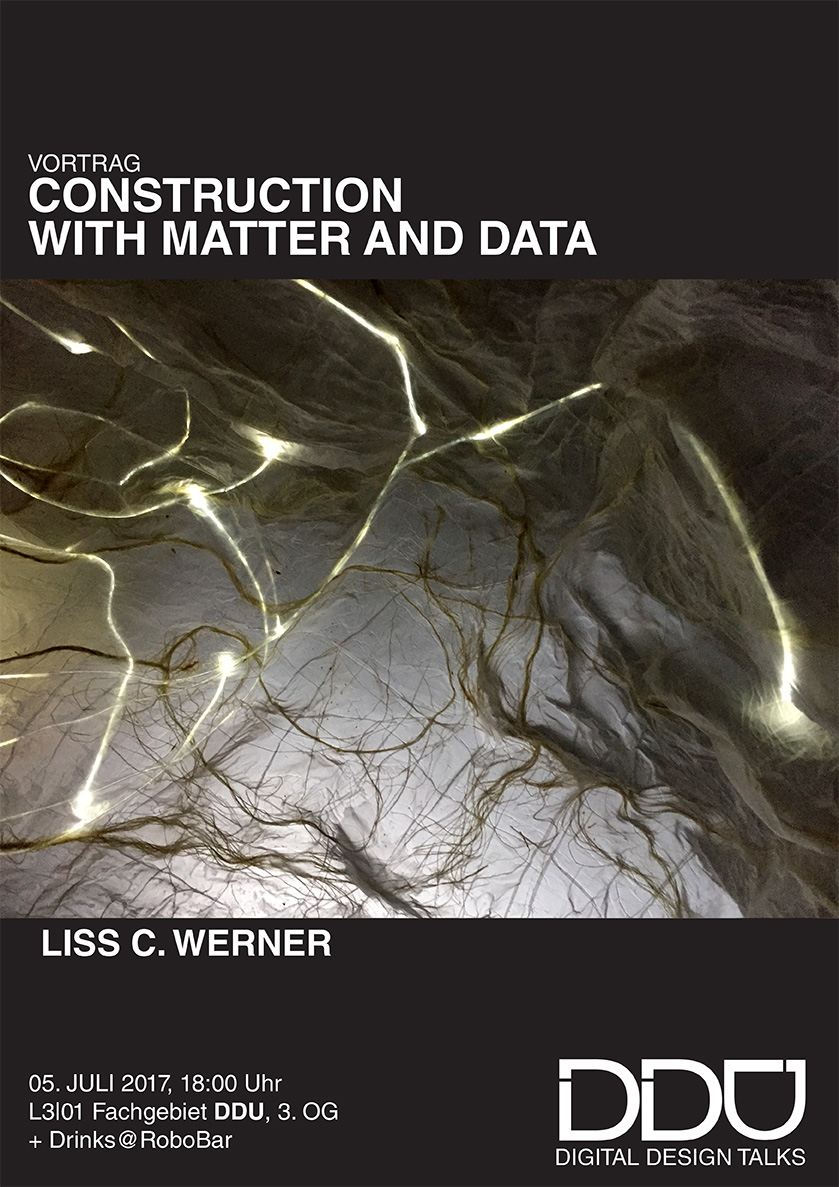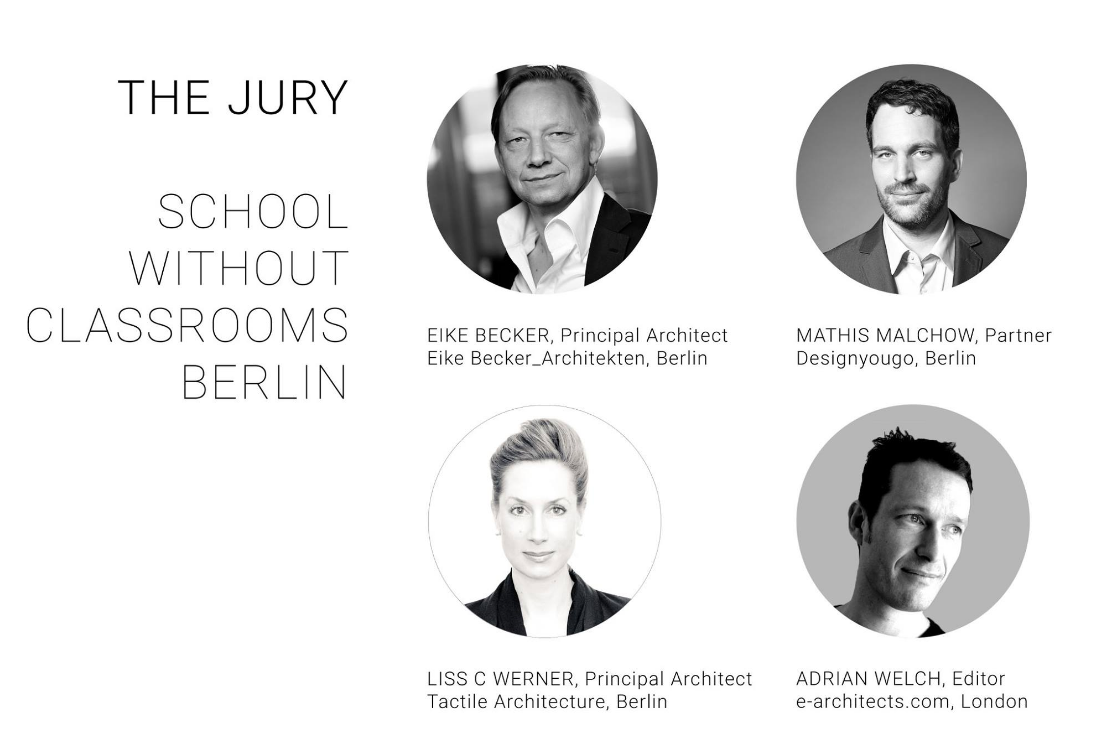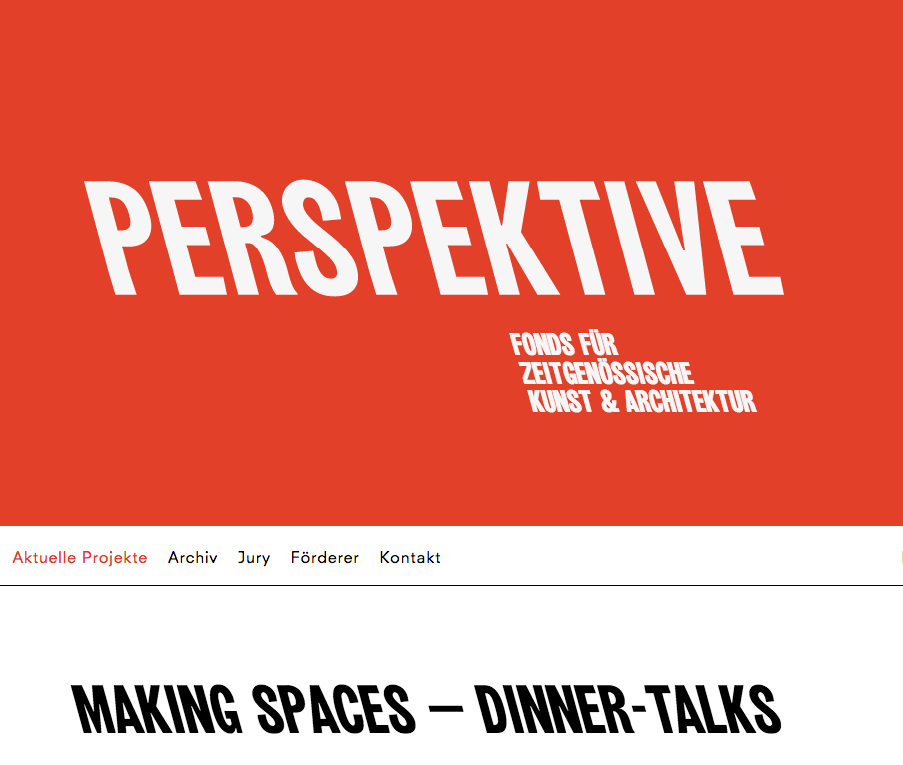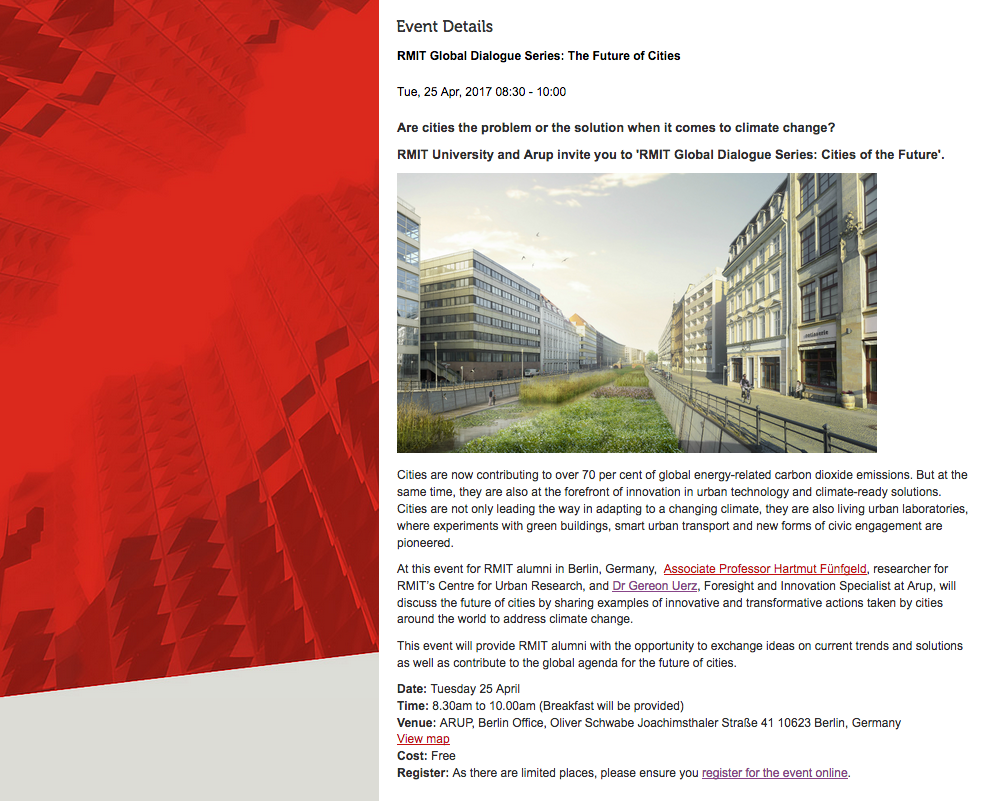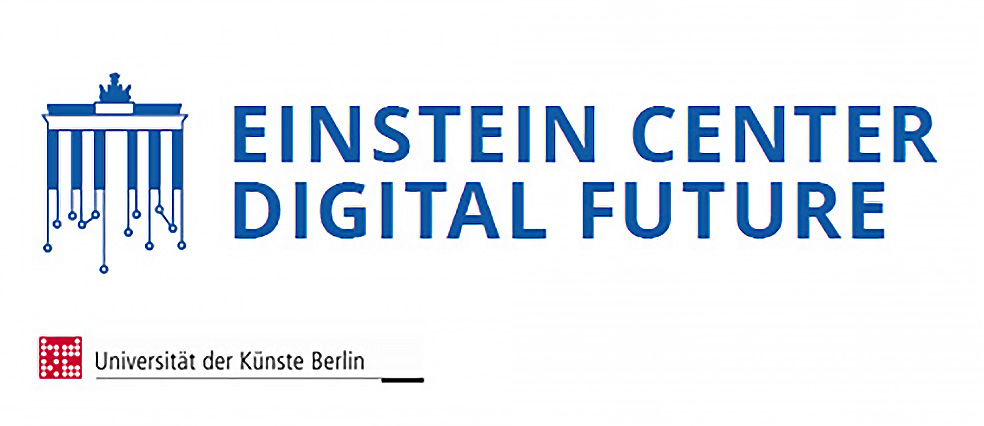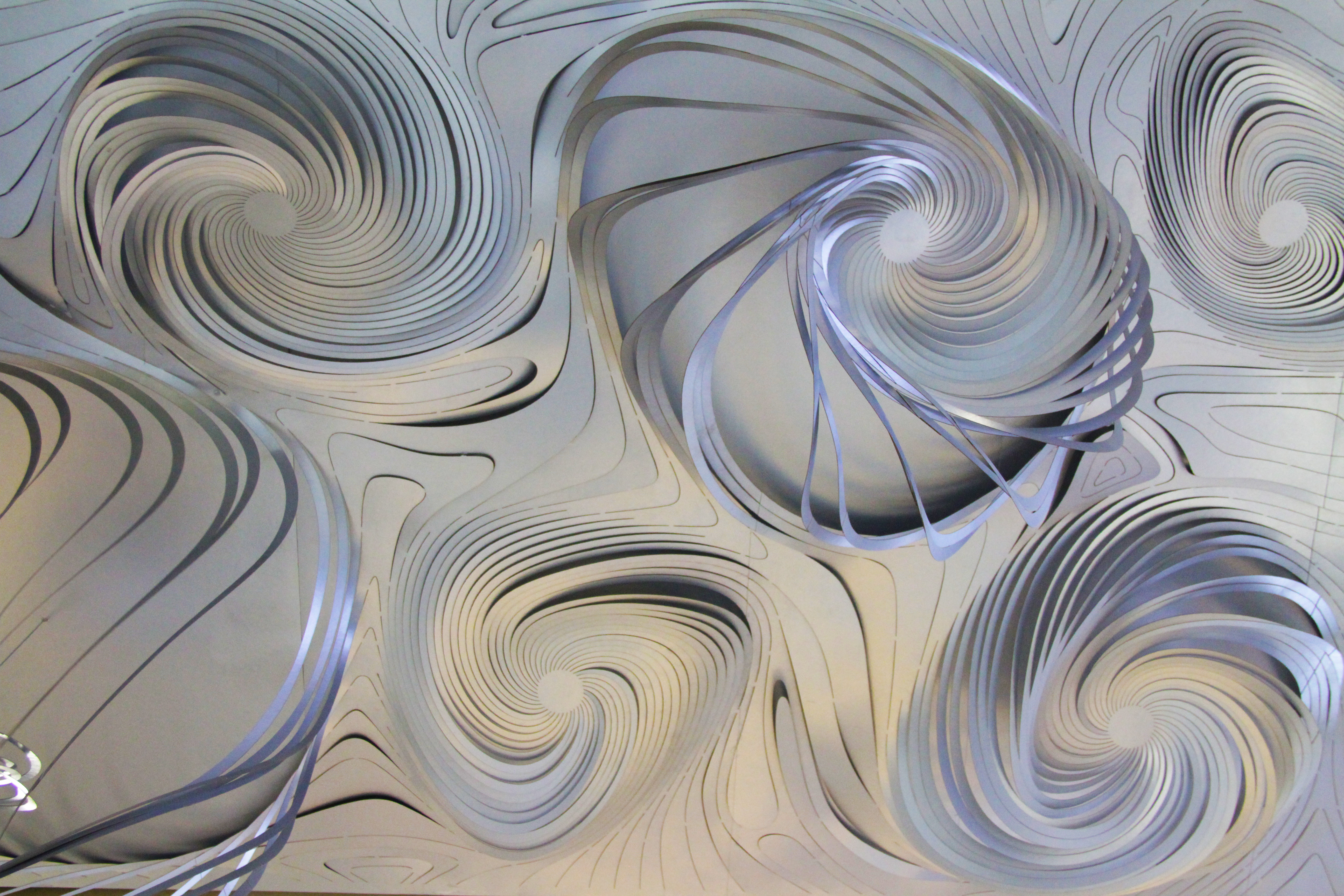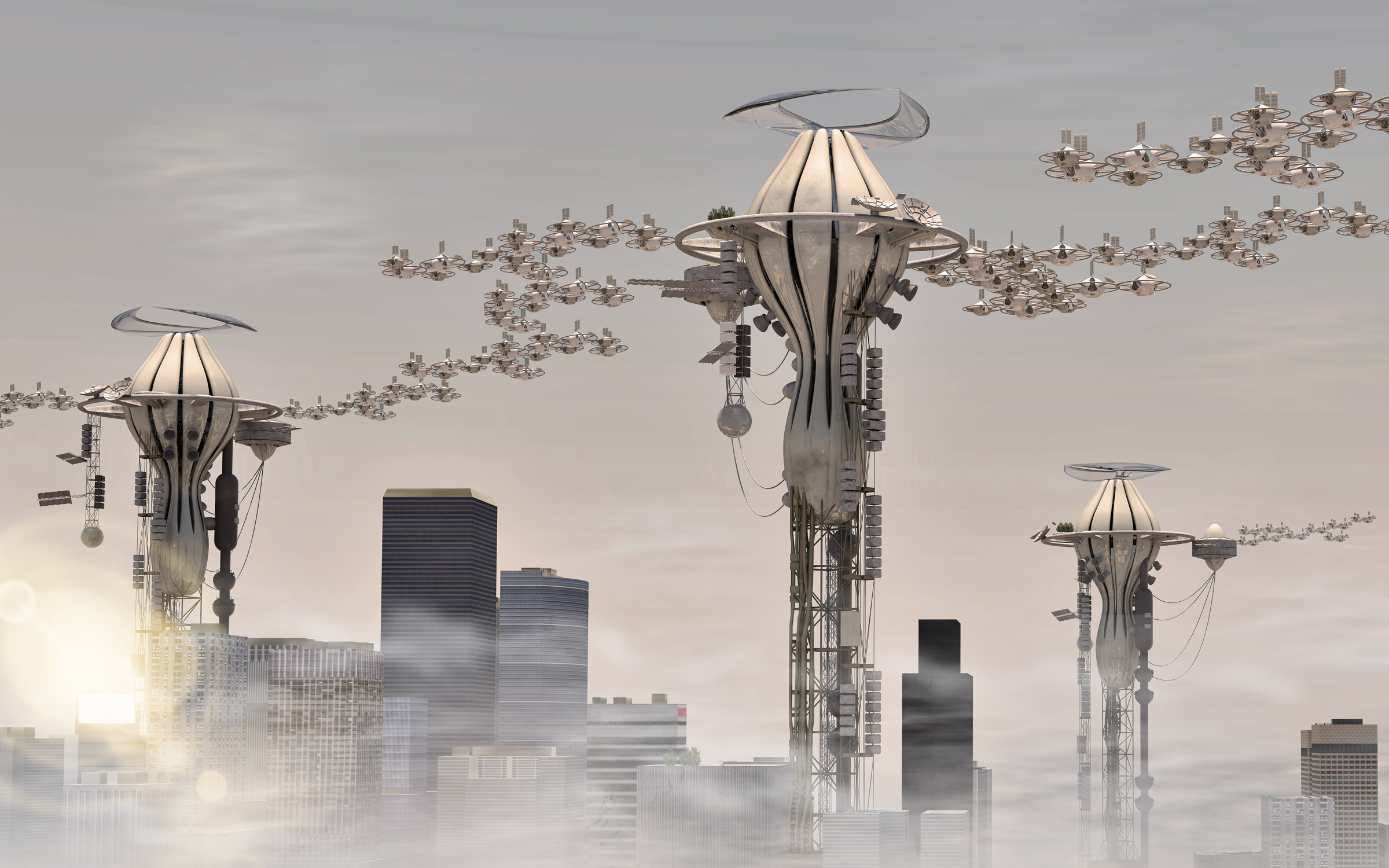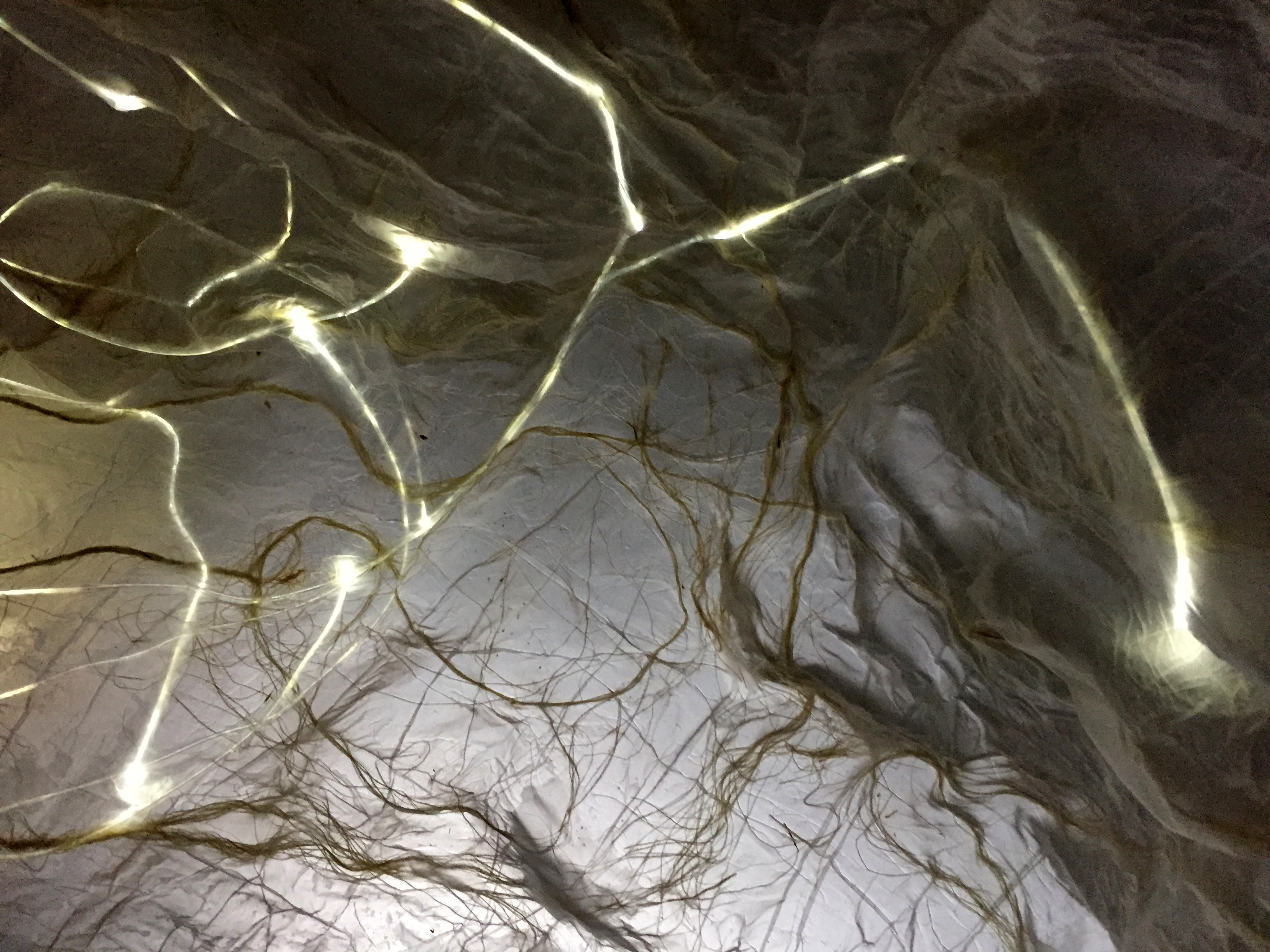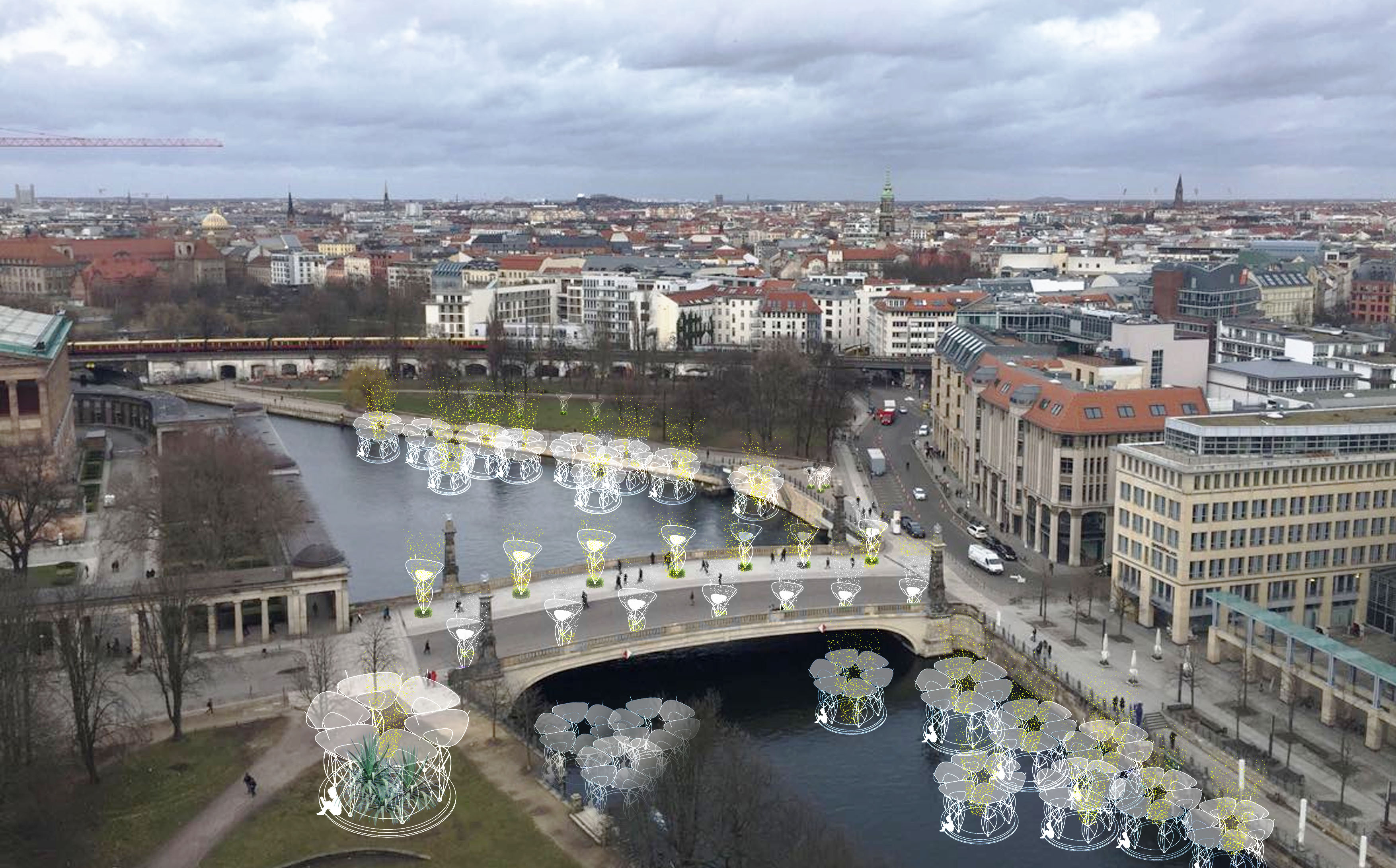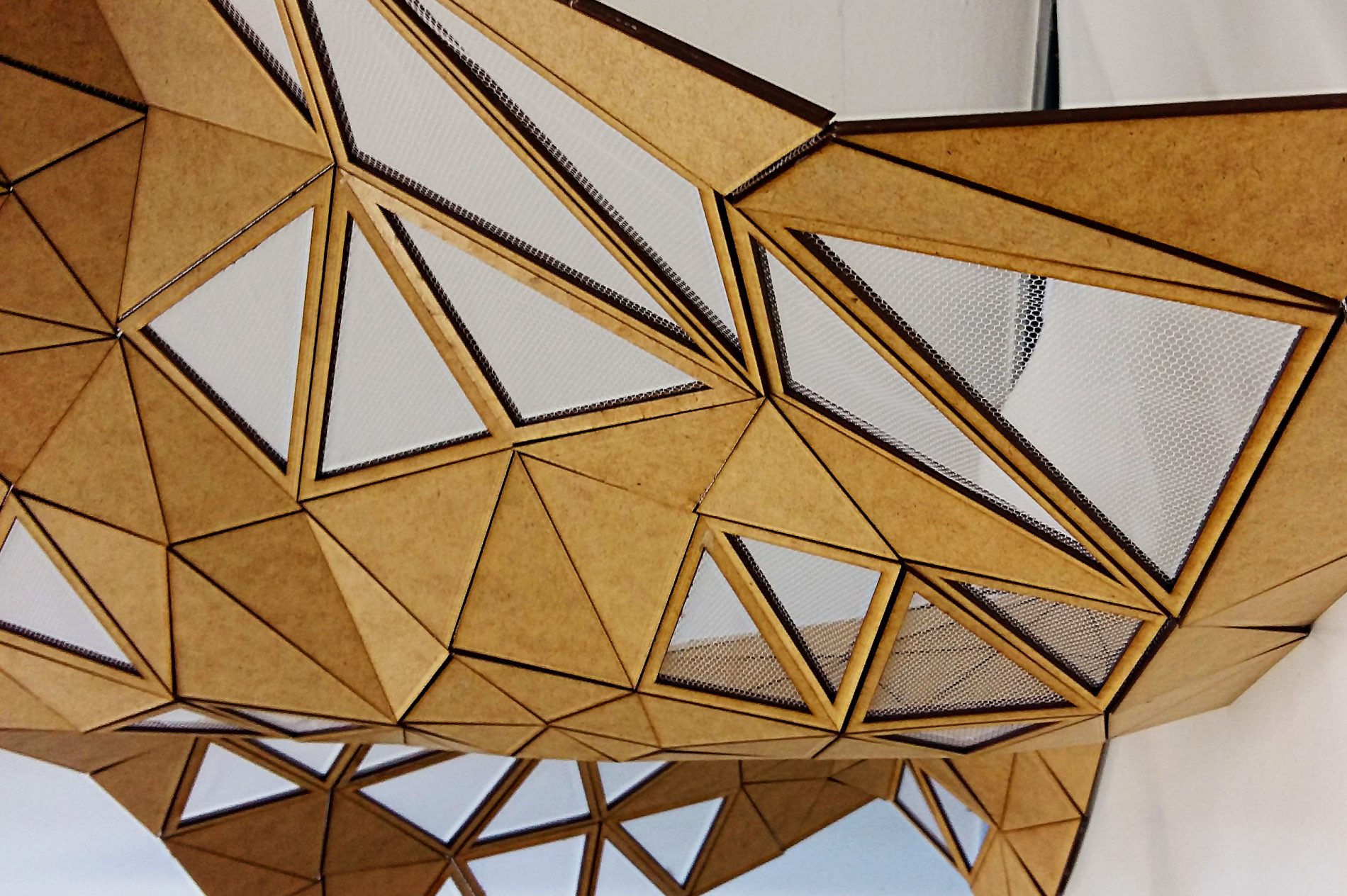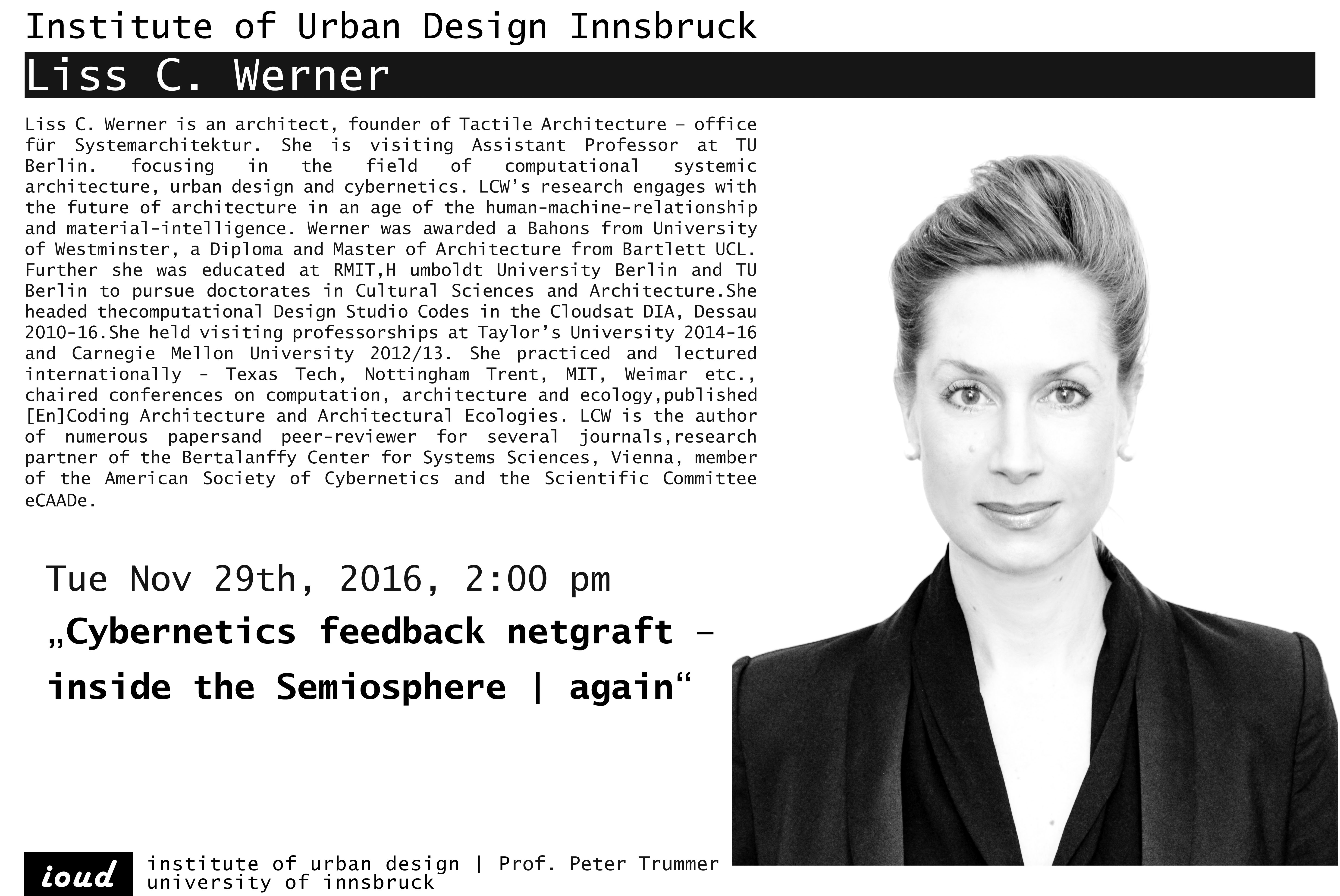at DESCOMP, Computational Group, School of Architecture, MIT
11th April 2013, 5pm
Within the last decade in practice, teaching and research architecture has developed the starting point of a sound body of knowledge and skills relating to critical design and computational thinking. Working in architecture in C21 where virtual and material reality merge and construction drawings take on the form of code architecture targets the development of its expertise at the understanding and description of structures and forms as systems – living and non-living, virtual and material, in a spatial-temporal evolution. Relating back to pioneers such as Aristotle, Plato, Descartes, Brunelleschi, Helmholtz, d’Arcy Thompson, Cedric Prize or Nicholas Negroponte, architecture is in a state of critical reflection. Since the 1960s design strategies in architecture are subject to a radical paradigm shift that can neither be ignored nor denied. This development is primarily due to an evolution in software technology inevitably connected to a change of human-machine interface, advanced material sciences, construction methods and new ways of communication. Architecture now is defined as coded, self-organizing organism structurally based on circular observation.



